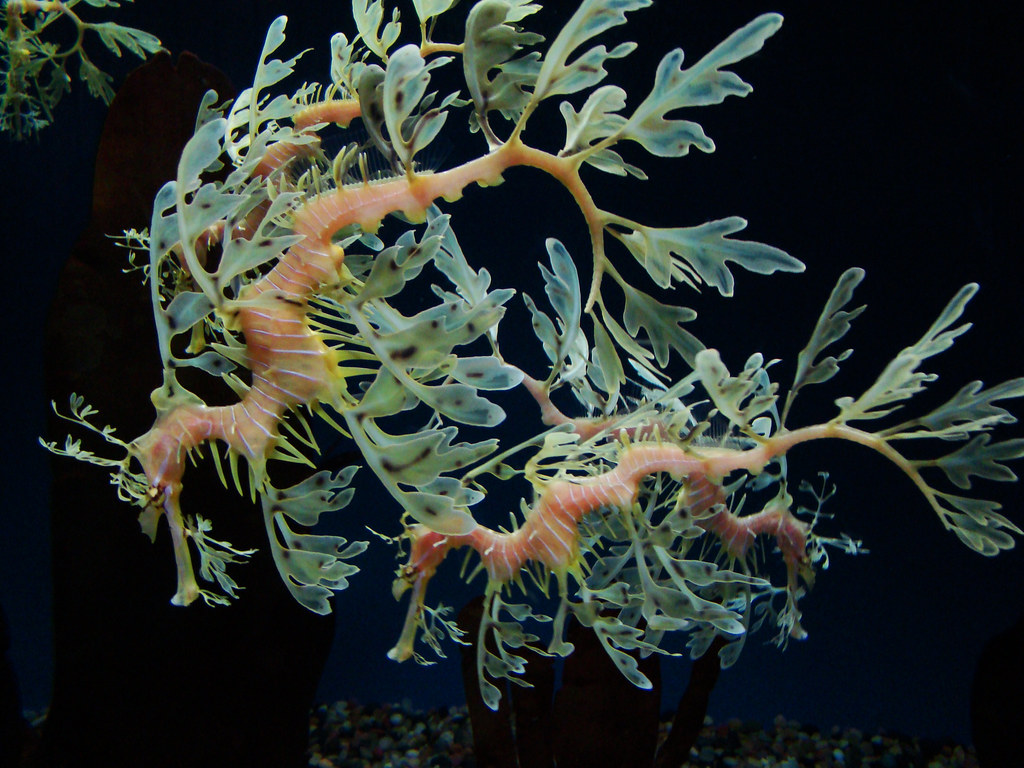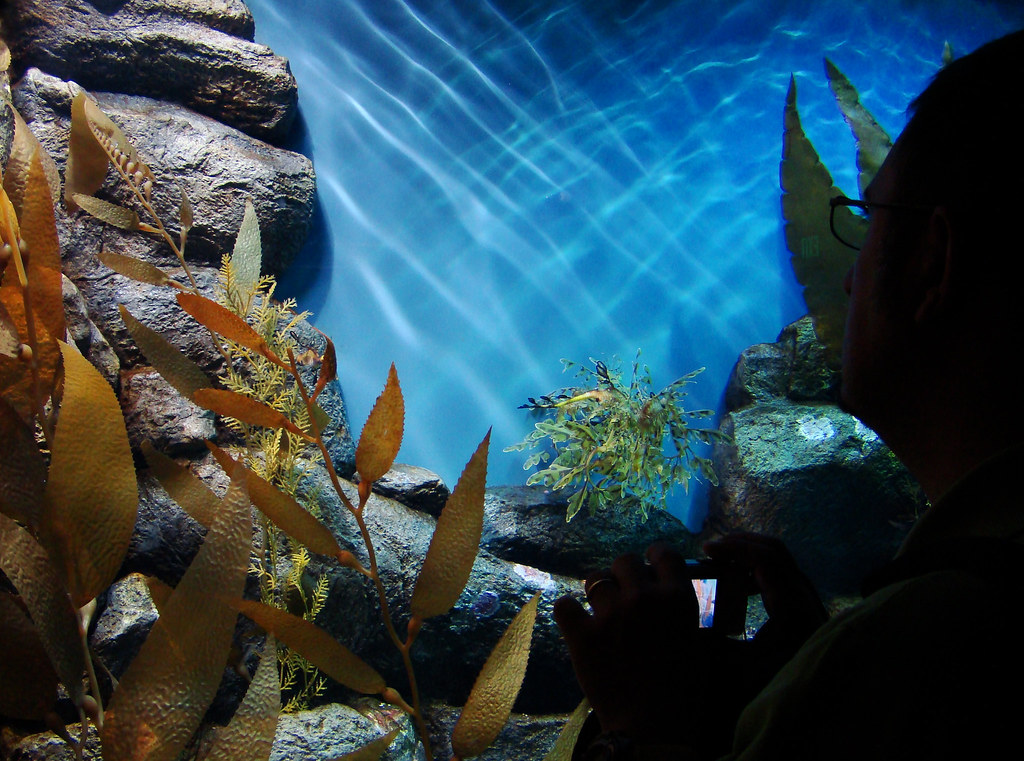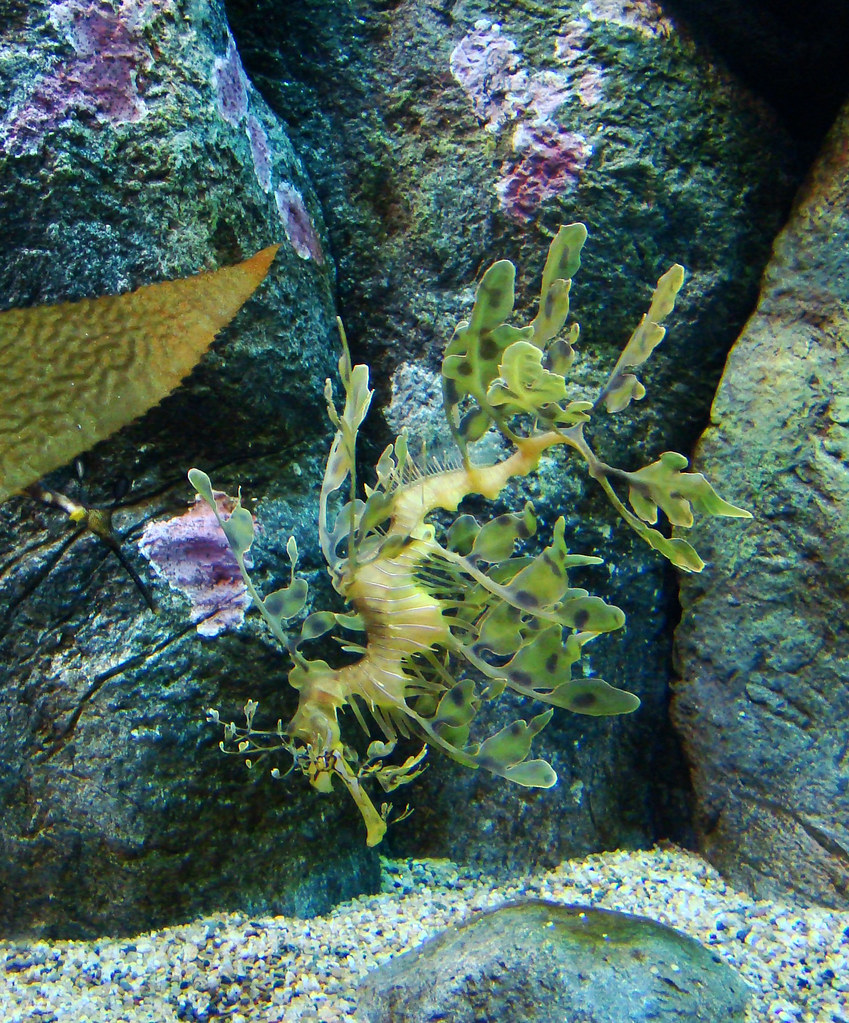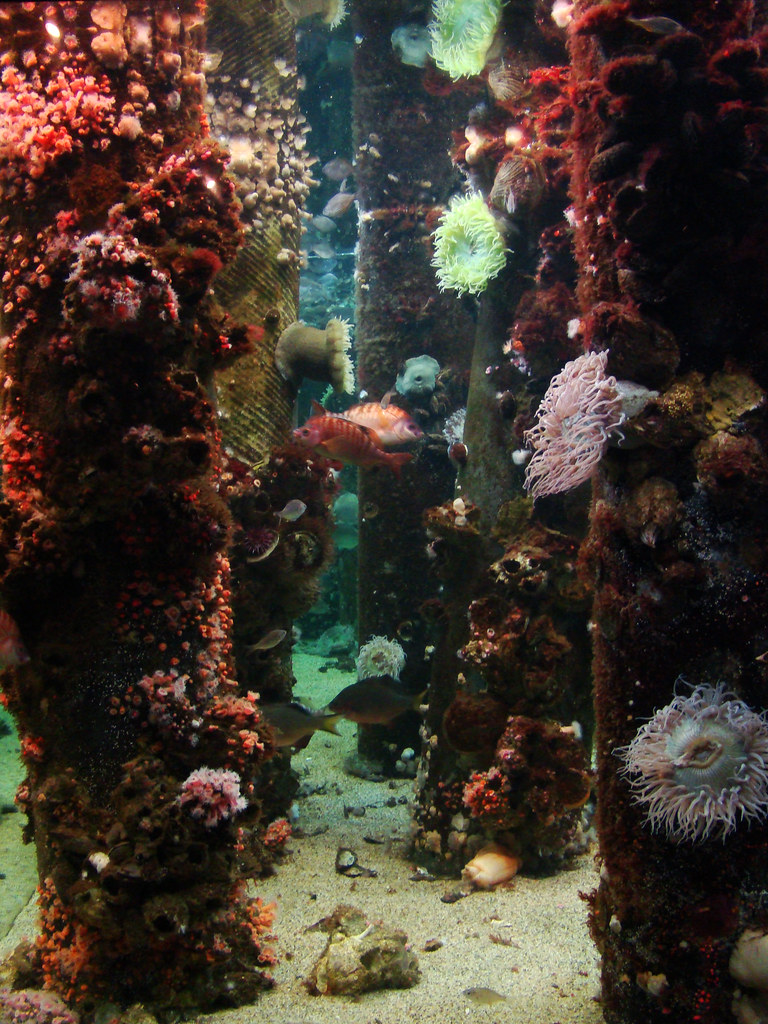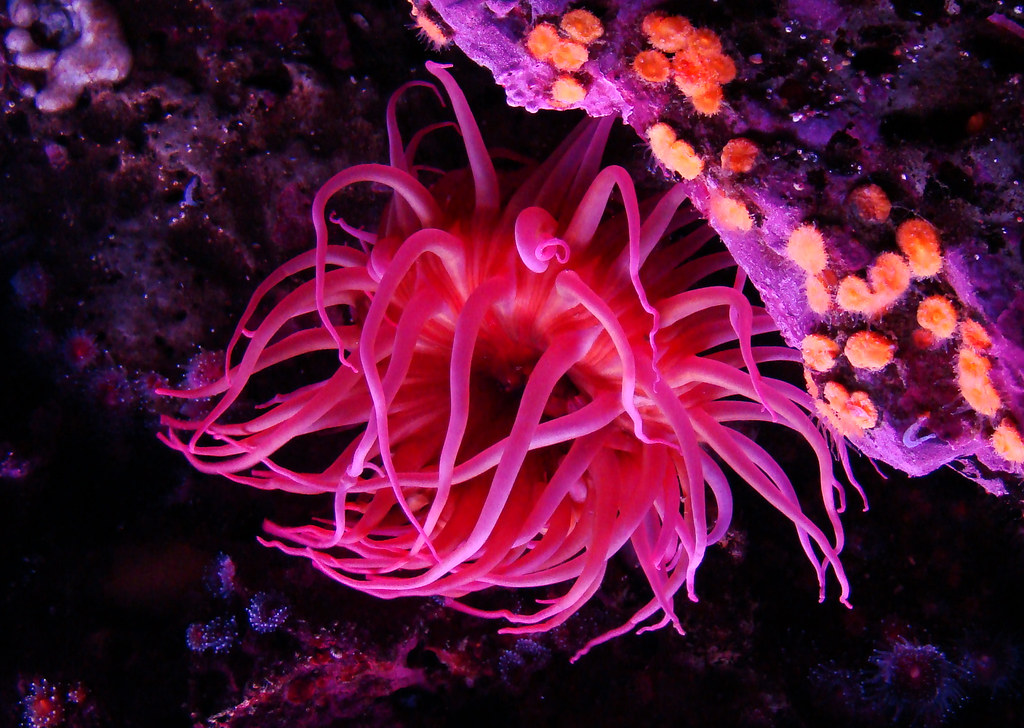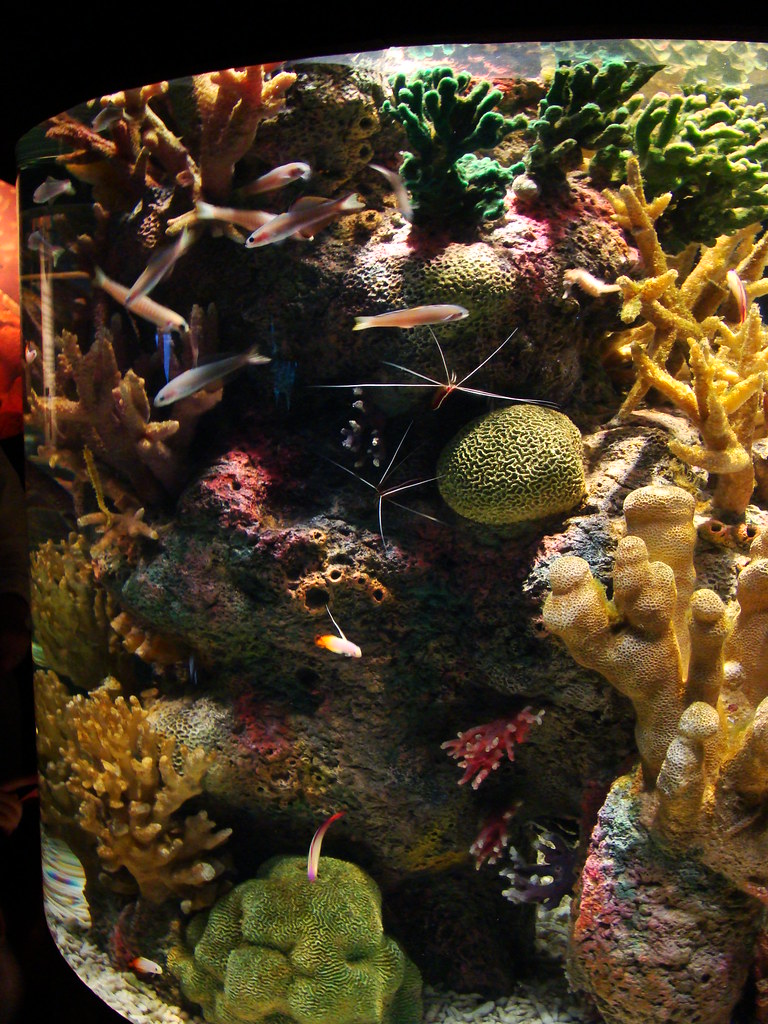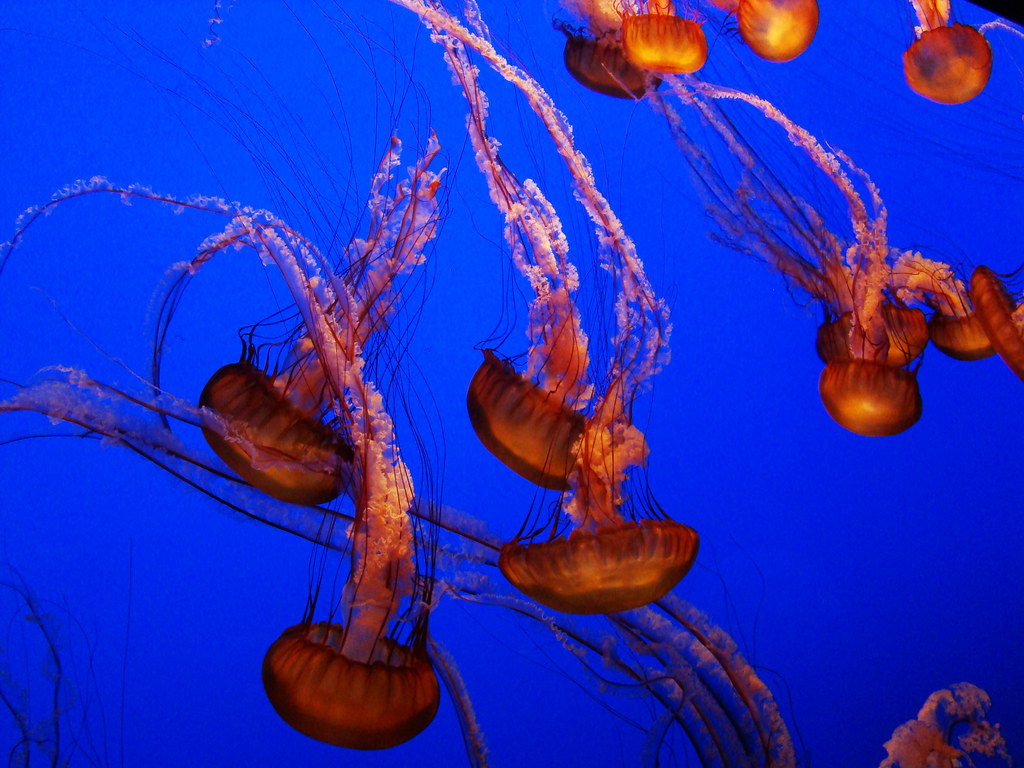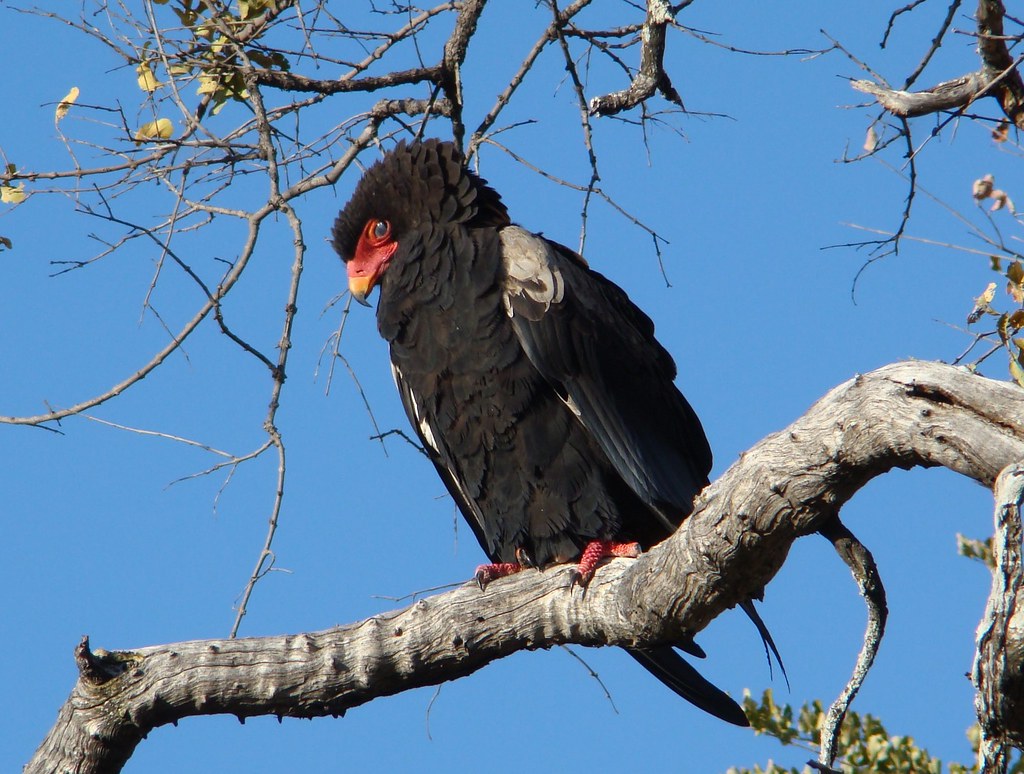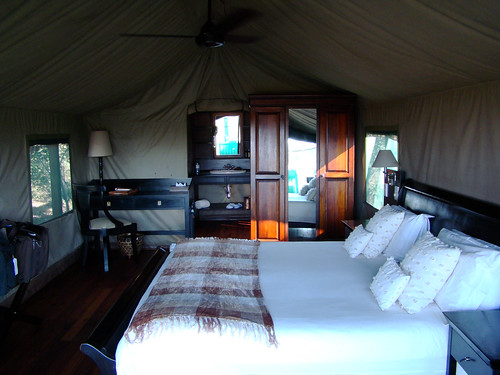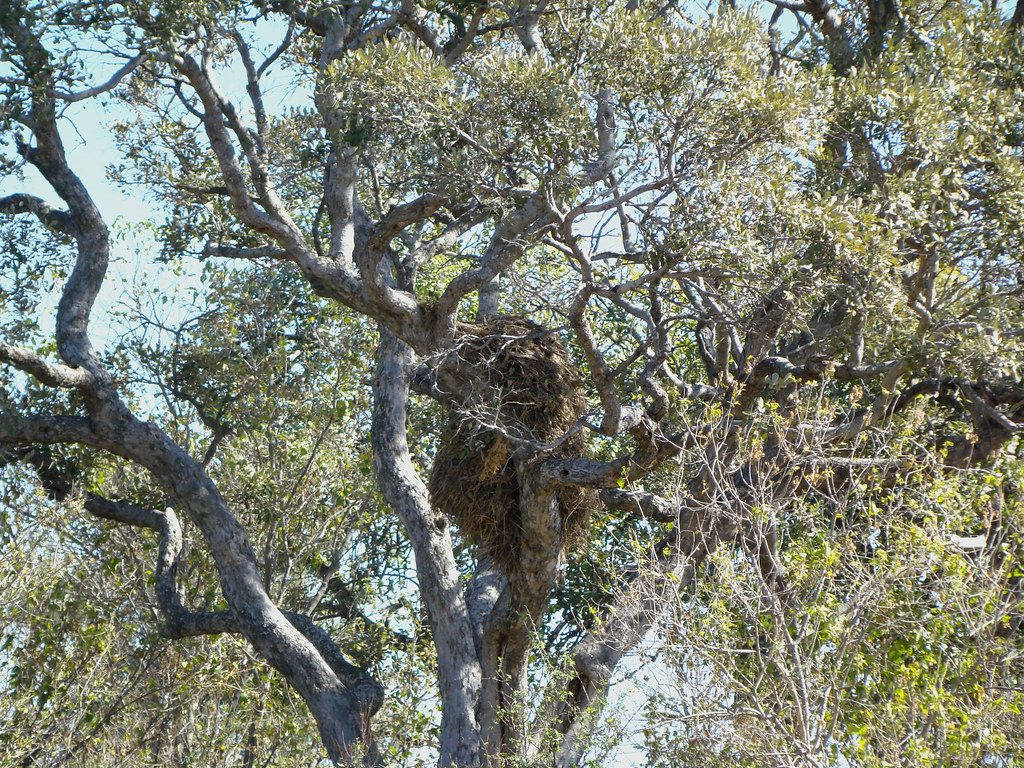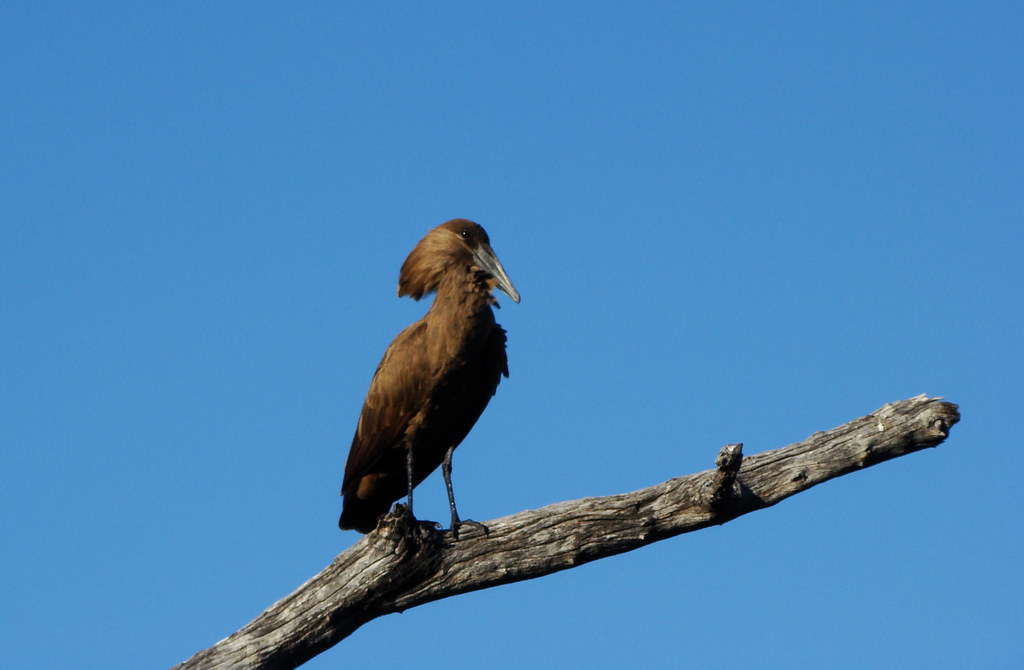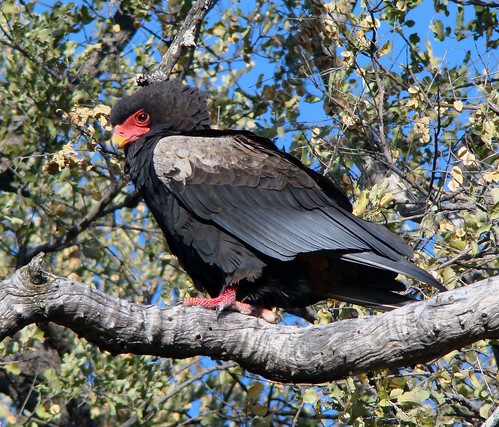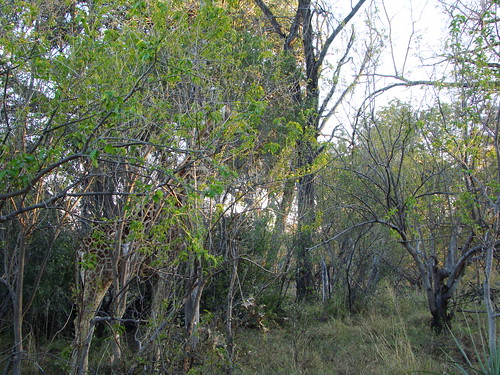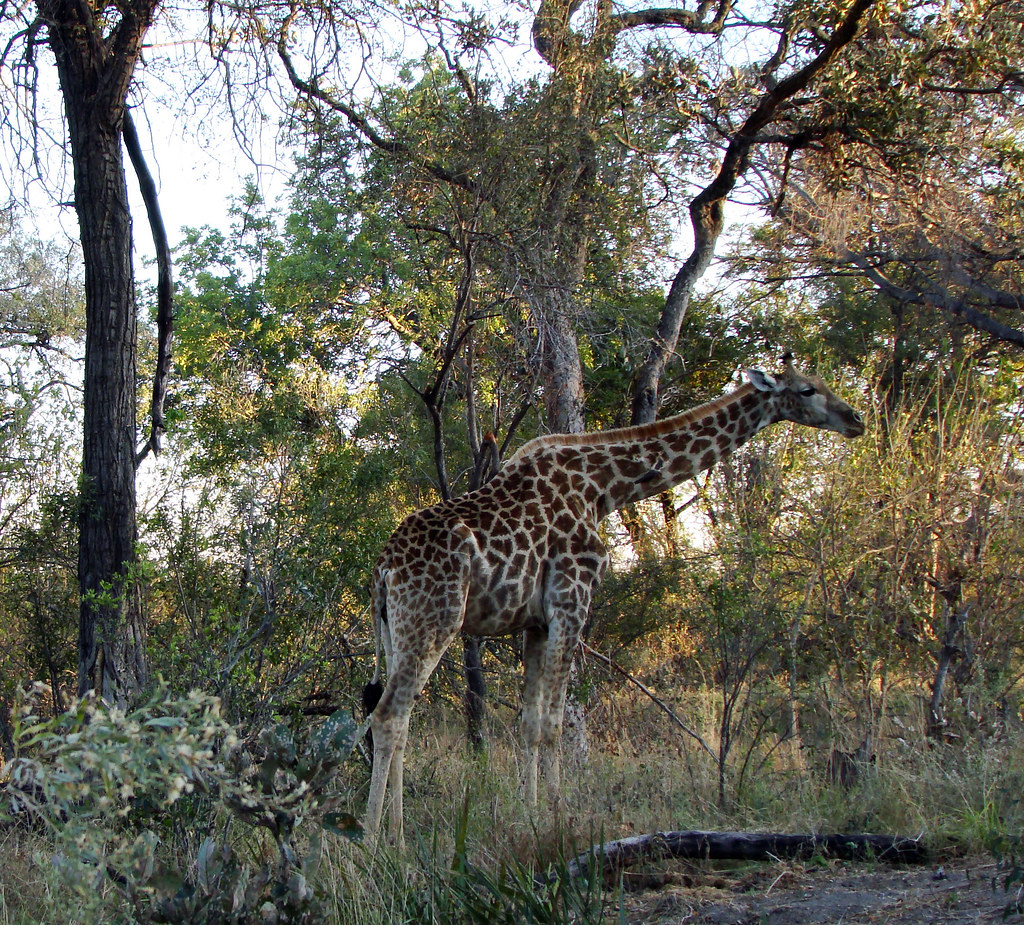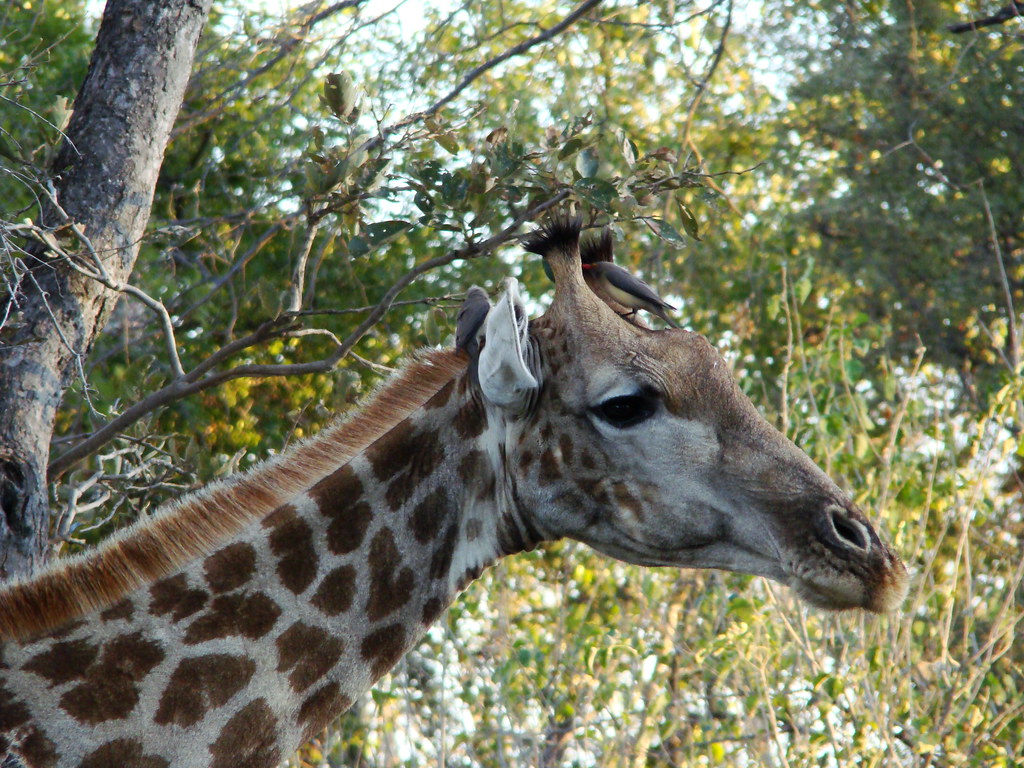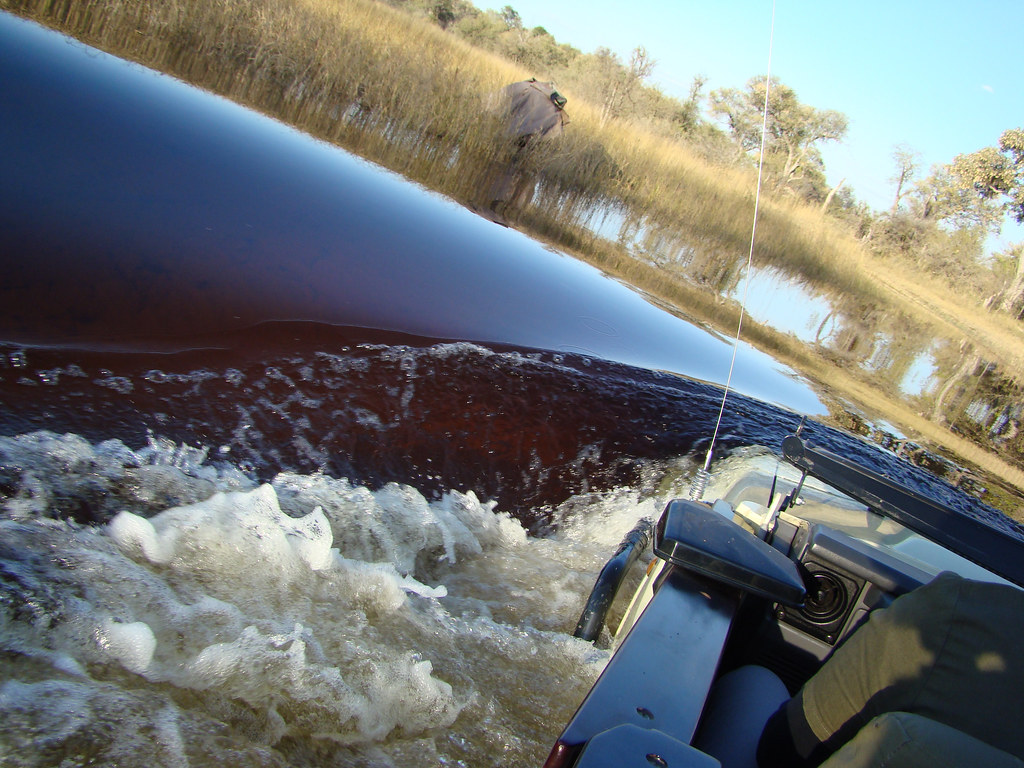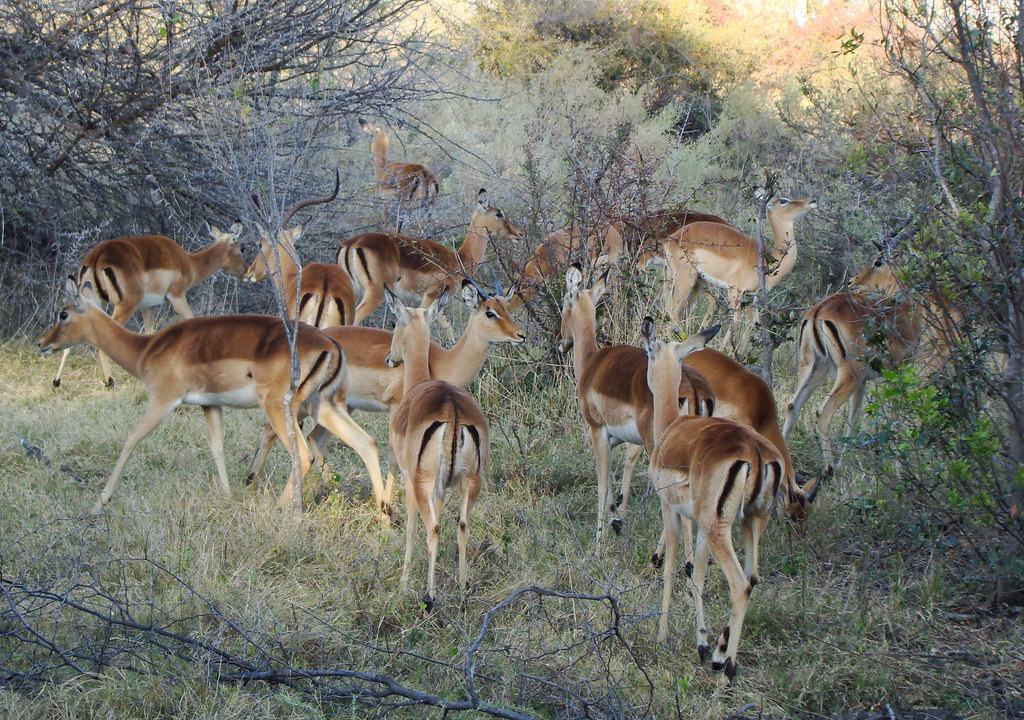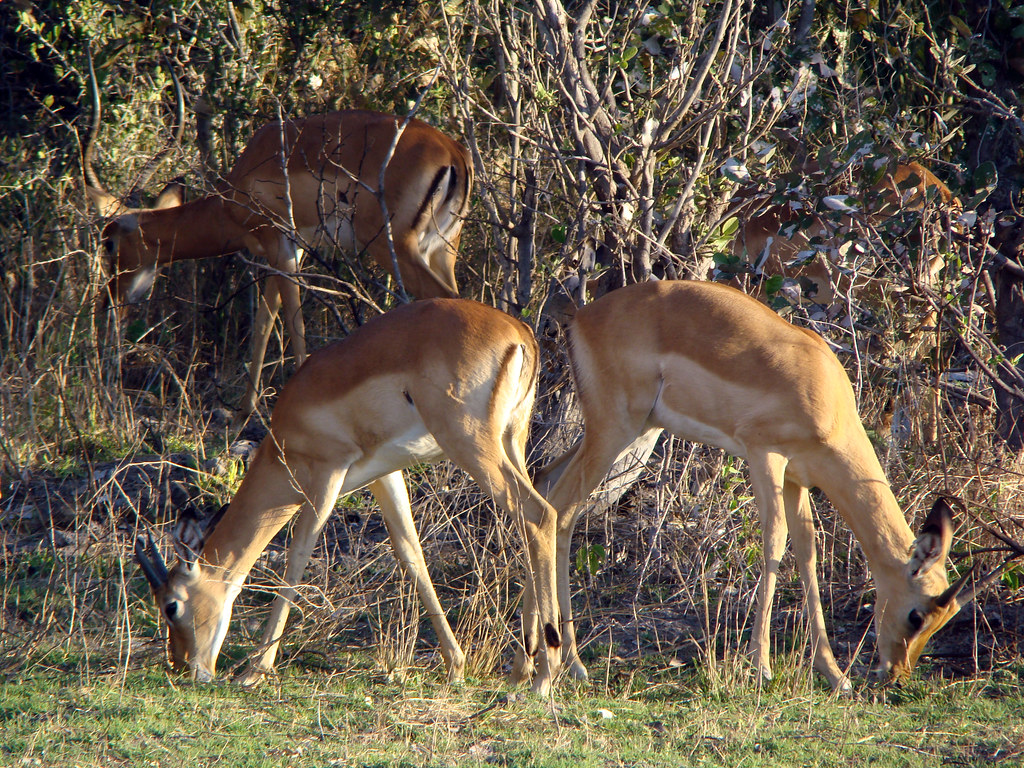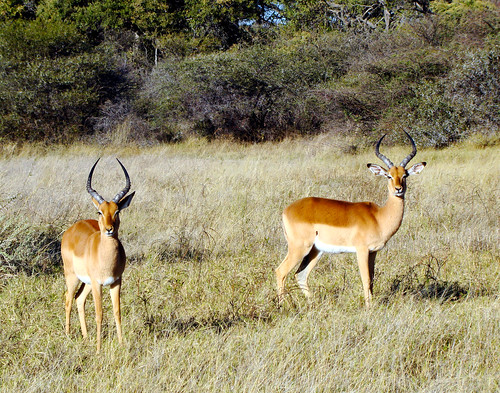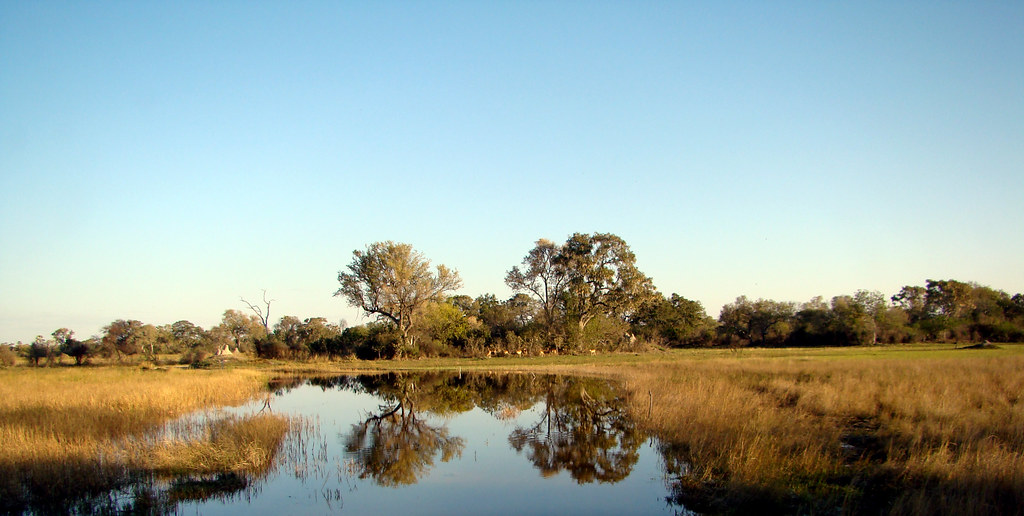For our final hoorah of summer vacation, we went for a quick day trip to the Monterey Bay Aquarium.
Some people paint with oil paints, I like to paint with flowers, and the Monterey Bay Aquarium paints with marine life.
Some sea creatures are works of art in their own right:
Who would have guessed that piers could support so much wonderment?
The amount of time and dedication it must take to create and maintain coral tanks like this is mind-boggling to me:
Rescued birds flawlessly complete a canvas of native wildflowers and driftwood:
These touch pools remain gorgeous even when children of all ages move these creatures around all day long:
Old favorites are still mesmerizing:
Because it is a relatively new installation, the “Secret Life of Seahorses” exhibit is still somewhat crowded. Nevertheless, I highly recommend a visit to this magnificent display of sea creatures.
Rescued birds flawlessly complete a canvas of native wildflowers and driftwood:
These touch pools remain gorgeous even when children of all ages move these creatures around all day long:
Old favorites are still mesmerizing:
Because it is a relatively new installation, the “Secret Life of Seahorses” exhibit is still somewhat crowded. Nevertheless, I highly recommend a visit to this magnificent display of sea creatures.

